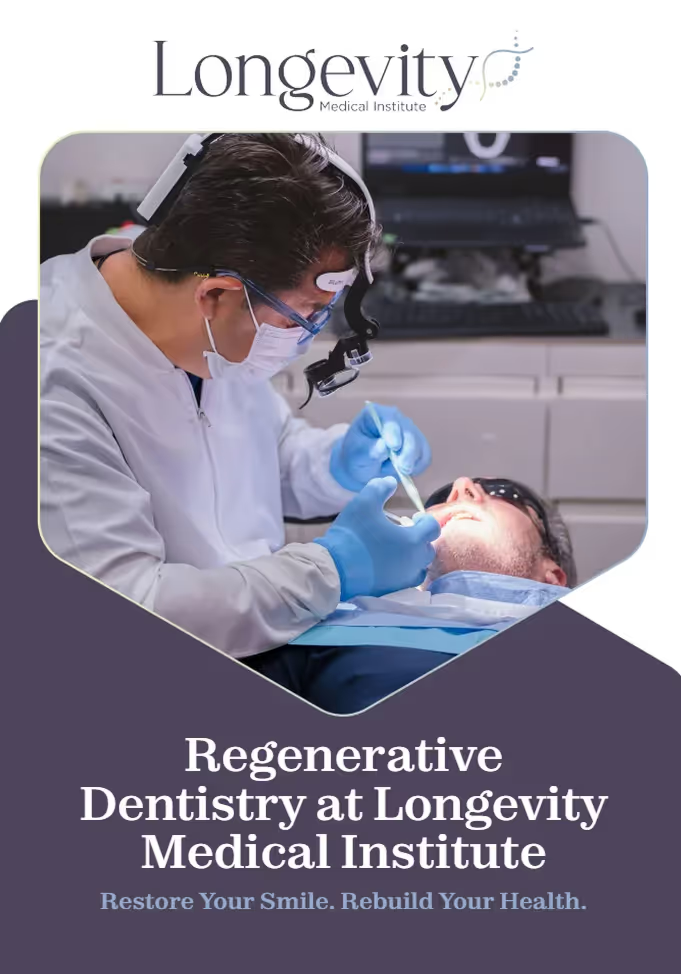Regenerative Dentistry
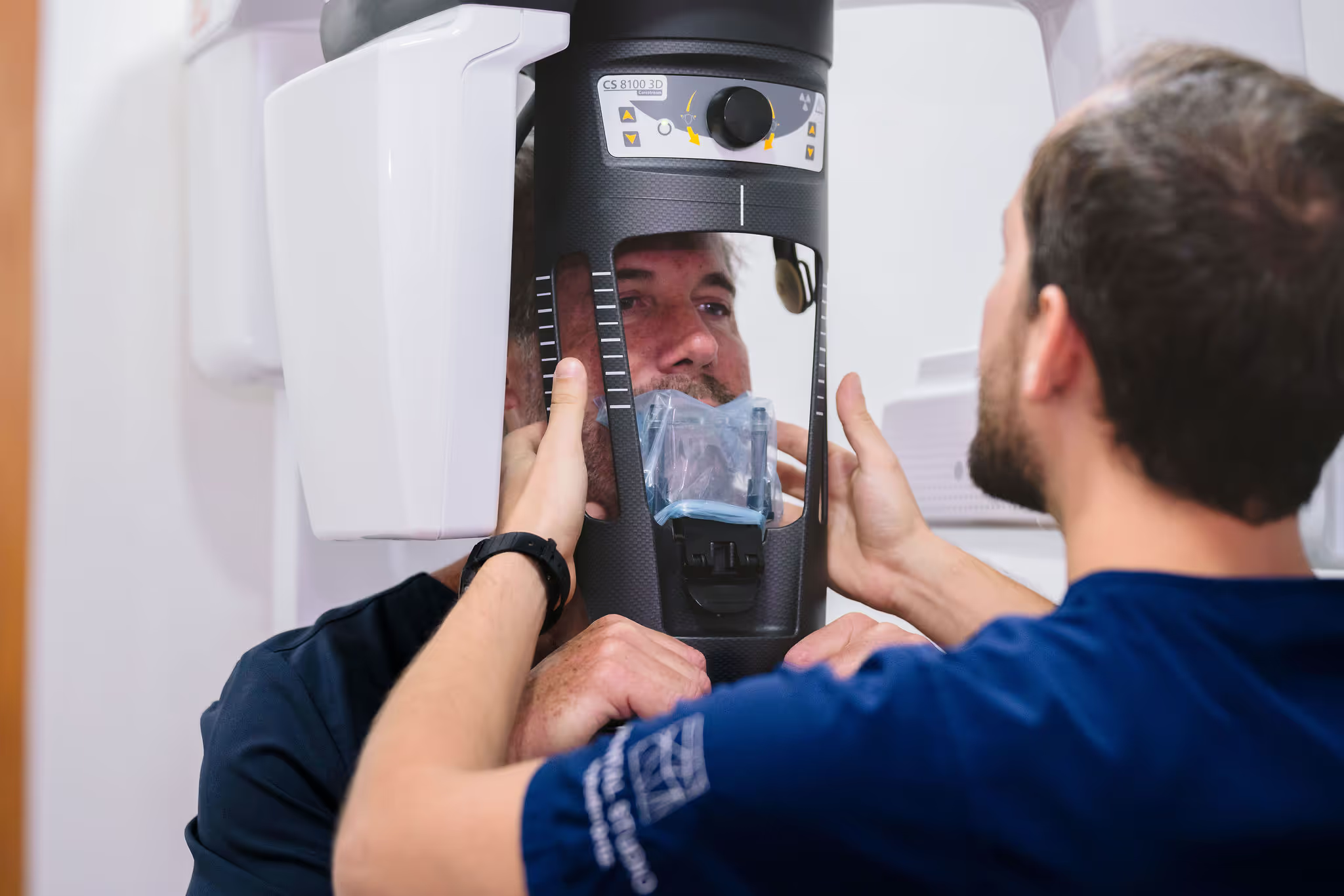

Regenerative dentistry is the future of oral medicine
Exosomes are one of the most powerful components secreted by stem cells—tiny, intelligent messengers that deliver regenerative instructions to cells in need of repair. In oral health, they play a central role in reducing inflammation and restoring tissue integrity at the cellular level.
When applied to the mouth, exosomes help reverse gum disease, calm chronic inflammation, reduce tooth sensitivity, and support healing in cases of receding gums, bone loss, loose teeth, and chronic infections. They accelerate recovery after extractions, bone grafts, or implant procedures, and may even help preserve natural teeth that would otherwise be lost.
But the benefits don’t stop there.
Your mouth is more than your smile—it’s a vital gateway to your heart, brain, immune system, and overall longevity. Extensive research has shown that chronic oral inflammation is directly linked to serious systemic conditions such as cardiovascular disease, stroke, cognitive decline, diabetes, and immune dysregulation. The health of your mouth influences the health of your entire body.
That’s why our regenerative dental program goes far beyond traditional treatment. By using exosomes to restore cellular communication, reduce inflammation, and activate healing, we not only rebuild oral tissues—we help rebalance the immune system and support whole-body function.
This is regenerative dentistry redefined: science-backed, patient-focused, and designed to help you thrive from the inside out.
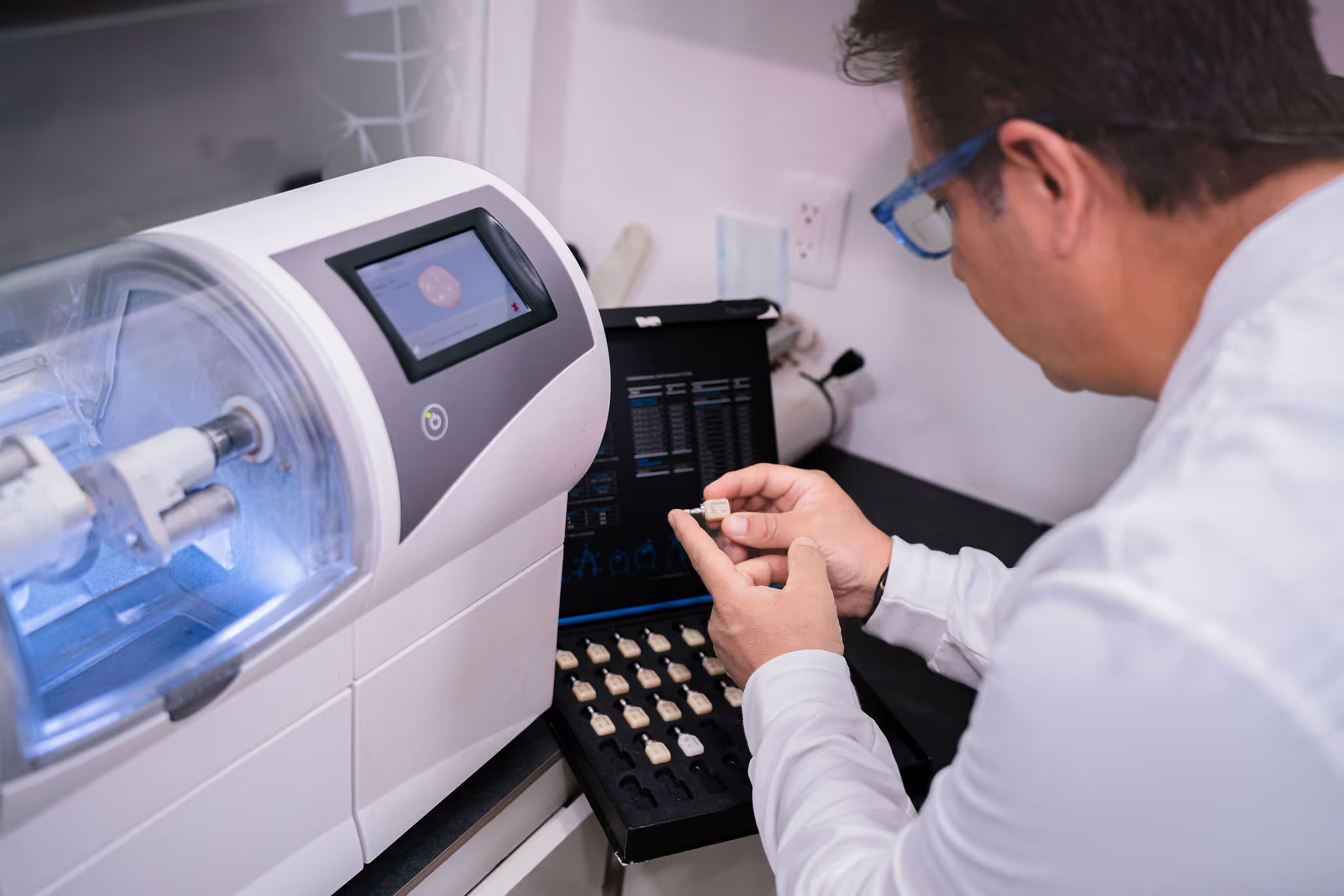
What is regenerative dentistry?
Regenerative Dentistry is a next-generation approach to oral care that uses your body’s own biological tools to repair, rebuild, and strengthen the foundational structures of the mouth.
Rather than relying solely on synthetic materials or managing symptoms, regenerative dentistry uses advanced therapeutics—such as exosomes, stem cells, platelet-rich plasma (PRP), and biocompatible scaffolds—to activate the body’s natural healing processes at the cellular level.
These therapies support the regeneration of:
- Gum tissue damaged by periodontal disease
- Jawbone (alveolar bone) lost due to infection or tooth loss
- Periodontal ligaments that anchor and stabilize teeth
- Dental pulp, restoring vitality inside the tooth
- TMJ cartilage, easing jaw pain and improving joint function
By restoring and revitalizing these key structures, regenerative dentistry leads to stronger, healthier teeth and gums, improved function, and greater long-term stability. Patients benefit from faster healing, reduced inflammation, and outcomes that not only preserve their smile—but also support their overall health and longevity.
.avif)
How it works: the science behind the healing
Exosomes: Precision Healing at the Cellular Level
Exosomes are microscopic vesicles secreted by stem cells—tiny packages loaded with regenerative signals like proteins, RNA, and growth factors. Rather than becoming new tissue themselves, exosomes deliver targeted instructions to surrounding cells, telling them how to reduce inflammation, repair damage, and regenerate tissue.
In the mouth, exosomes:
- Calm chronic inflammation in gums, bone, and soft tissue
- Accelerate healing after extractions, surgery, or trauma
- Stimulate regeneration of bone, gum, and connective tissue
- Improve implant site preparation and recovery
- Reduce pain and restore mobility in TMJ joint injections
Because they are cell-free, exosomes are especially safe, versatile, and effective—offering the regenerative benefits of stem cells without the complexities of live-cell therapies.
Stem Cells: The Source of Regenerative Power
Mesenchymal stem cells (MSCs), sourced from bone marrow or dental pulp, are used for their ability to differentiate into bone, cartilage, ligament, and soft tissue. More importantly, they serve as the biological factory that produces exosomes.
Stem cells support regeneration by:
- Releasing exosomes and growth factors
- Reducing inflammation
- Stimulating new blood vessel formation
- Recruiting the body’s own repair cells
They can be applied during surgeries, bone grafts, or injection therapies to support deep tissue repair and long-term outcomes.
Platelet-Rich Therapies (PRP & PRF)
Platelet-rich plasma (PRP) and platelet-rich fibrin (PRF) are derived from the patient’s own blood and contain high concentrations of growth factors. These therapies:
- Accelerate tissue healing and remodeling
- Promote collagen and blood vessel formation
- Enhance soft tissue and bone regeneration
PRP and PRF are often combined with exosomes to amplify regenerative effects, especially after surgery or during implant placement.
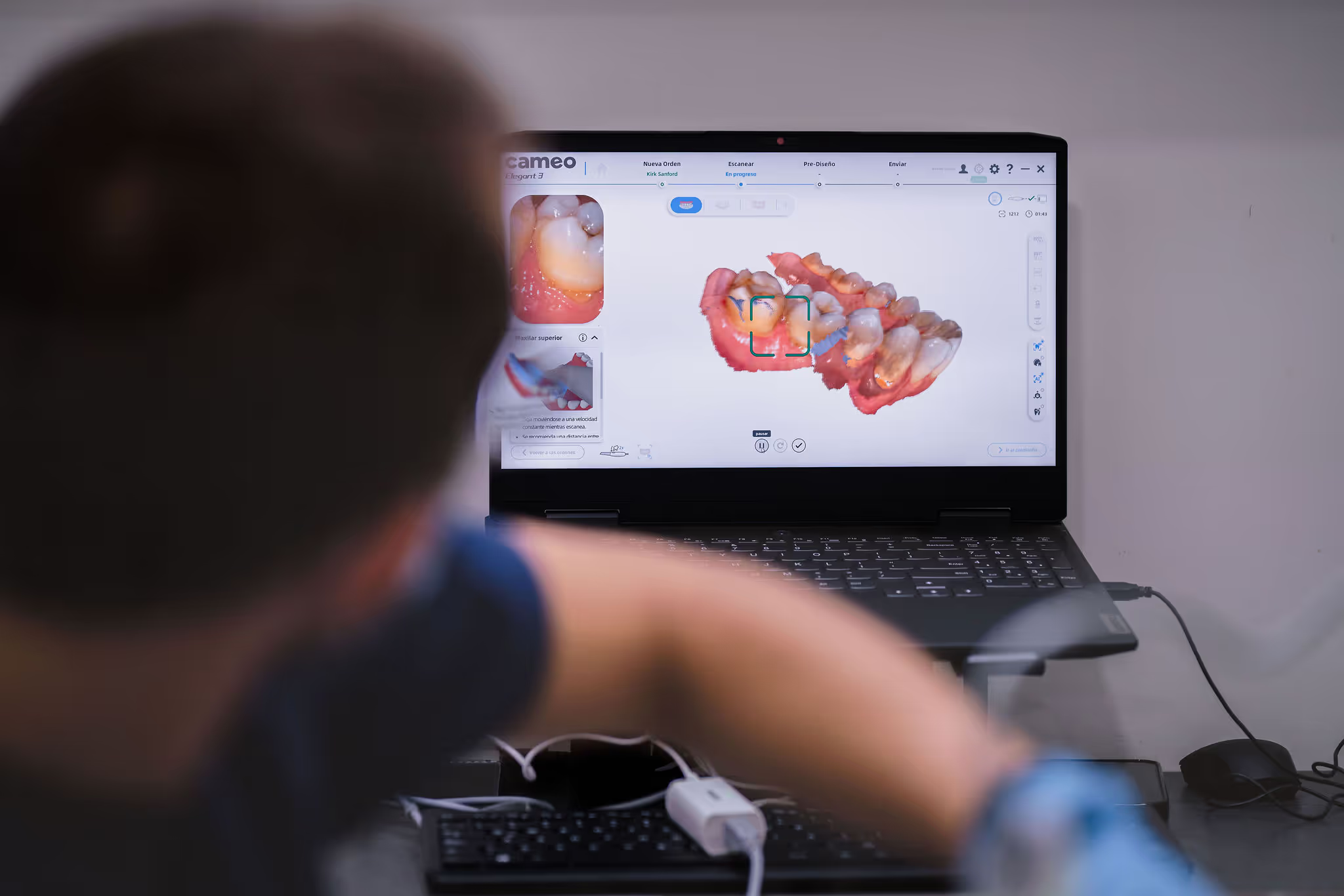
Clinical applications of regenerative dentistry
These advanced biologic therapies are now being used to improve outcomes in a wide range of oral health treatments:
- Periodontitis & Gum Disease
Exosomes reduce inflammation, regenerate gum tissue, and promote long-term attachment to teeth—without aggressive surgery. - Tooth Extractions & Wisdom Teeth
Exosomes or PRF placed into extraction sites protect bone, speed healing, and reduce risk of dry socket or post-op complications. - Bone Loss & Ridge Preservation
For patients with bone loss, exosomes stimulate new bone formation—making dental implants possible even in compromised areas. - Dental Implant Success
Exosome therapy enhances osseointegration, lowers risk of failure, and accelerates healing after implant placement. - TMJ Disorders
Injections of exosomes into the TMJ joint can reduce pain and inflammation, promote cartilage regeneration, and restore function naturally—without invasive surgery. - Regenerative Endodontics
Emerging protocols use exosomes to heal and preserve infected or inflamed tooth pulp, potentially reducing the need for root canals.

3D tooth printing: the future of precision dentistry, today
While regenerative therapies can restore and preserve many natural teeth, replacement is sometimes necessary—especially in cases of advanced decay, trauma, or structural compromise. In these situations, we combine cutting-edge technology with biologic healing to ensure the most natural, long-lasting outcome possible.
At Longevity Medical Institute, we leverage state-of-the-art 3D tooth printing technology to deliver custom dental restorations with remarkable speed, precision, and comfort. Using digital scanning and on-site printing, he can produce natural-looking crowns, bridges, veneers, and implant components—often within the same day. This modern approach eliminates the need for messy impressions and weeks of waiting.
Key Benefits:
- Same-day or next-day restorations for crowns, bridges, and veneers
- Ultra-precise fit using digital scans and CAD/CAM design
- Exceptional aesthetics that match color, shape, and translucency of natural teeth
- Minimally invasive, with reduced chair time and faster healing
- Streamlined patient experience—especially valuable for full-arch and implant cases
By pairing 3D printing with biologic therapies like stem cells and exosomes, Dr. Ortiz delivers faster healing and long-lasting, functional outcomes—setting a new standard in regenerative dental care.

The mouth-body connection: why it matters
Your mouth is not an isolated system—it directly impacts your entire body. Research now shows that chronic oral inflammation is linked to:
- Cardiovascular disease and atherosclerosis
- Stroke and cerebrovascular damage
- Alzheimer’s disease and cognitive decline
- Type 2 diabetes and systemic inflammation
Oral bacteria and inflammatory cytokines can enter the bloodstream, triggering damage in blood vessels, the brain, and major organs.
Treating oral disease with regenerative therapies may not only restore your dental health—but also protect your heart, preserve your memory, and extend your life.
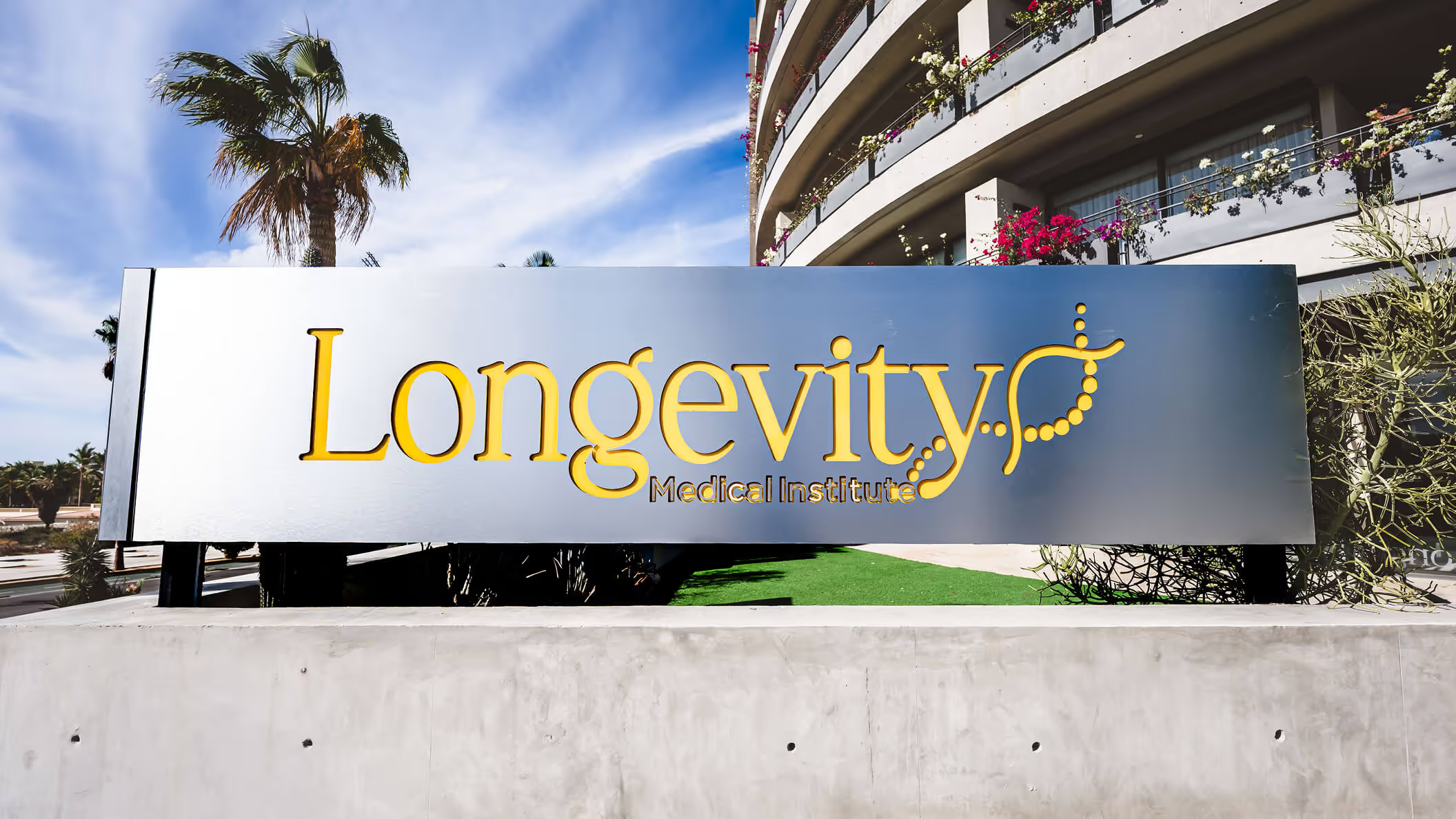
What makes our program different?
At Longevity Medical Institute, we’ve created a comprehensive regenerative dental protocol that is integrated into your personalized wellness journey:
- Advanced dental imaging (3D CBCT scans)
- Biologic integration with exosomes, PRF, and stem cells
- Supportive diagnostics from our internal medicine lab team
- Collaboration with cardiovascular and neurological specialists
- Whole-body inflammation reduction strategies
- Elite aesthetic and functional outcomes
Whether you're here for longevity optimization, a wellness retreat, or a full-mouth reconstruction, your dental care is never an afterthought—it’s part of your full-body health plan.

Who is regenerative dentistry right for?
Regenerative dentistry is right for everyone—especially as we age. Whether you're maintaining healthy gums or recovering from years of dental issues, this approach supports long-term oral health and total-body wellness at every stage of life.
As we get older, chronic inflammation, bone loss, receding gums, and slowed healing become more common. These changes don’t just affect your smile—they’re linked to increased risk for heart disease, stroke, Alzheimer’s, and immune dysfunction. Regenerative therapies like exosomes, stem cells, and PRF help counter these effects by repairing tissue at the cellular level and calming inflammation at its source.
You’re a great candidate if you:
- Want to preserve or restore gum and bone health naturally
- Are experiencing bleeding gums, sensitivity, or loose teeth
- Are planning dental implants or recovering from oral surgery
- Suffer from TMJ pain, jaw stiffness, or bite misalignment
- Want to reduce inflammation to support your brain, heart, and immune system
- Care about aging well, with a focus on long-term strength, stability, and vitality
Even if your mouth feels fine today, regenerative dentistry can protect what you have, enhance what you’ve lost, and support your body’s healing capacity for years to come.
Physician Oversight
Regenerative dentistry services are physician-directed and overseen by Dr. Andrés García DDS, Director of Regenerative Dentistry, reflecting our commitment to advanced care and clinical excellence.
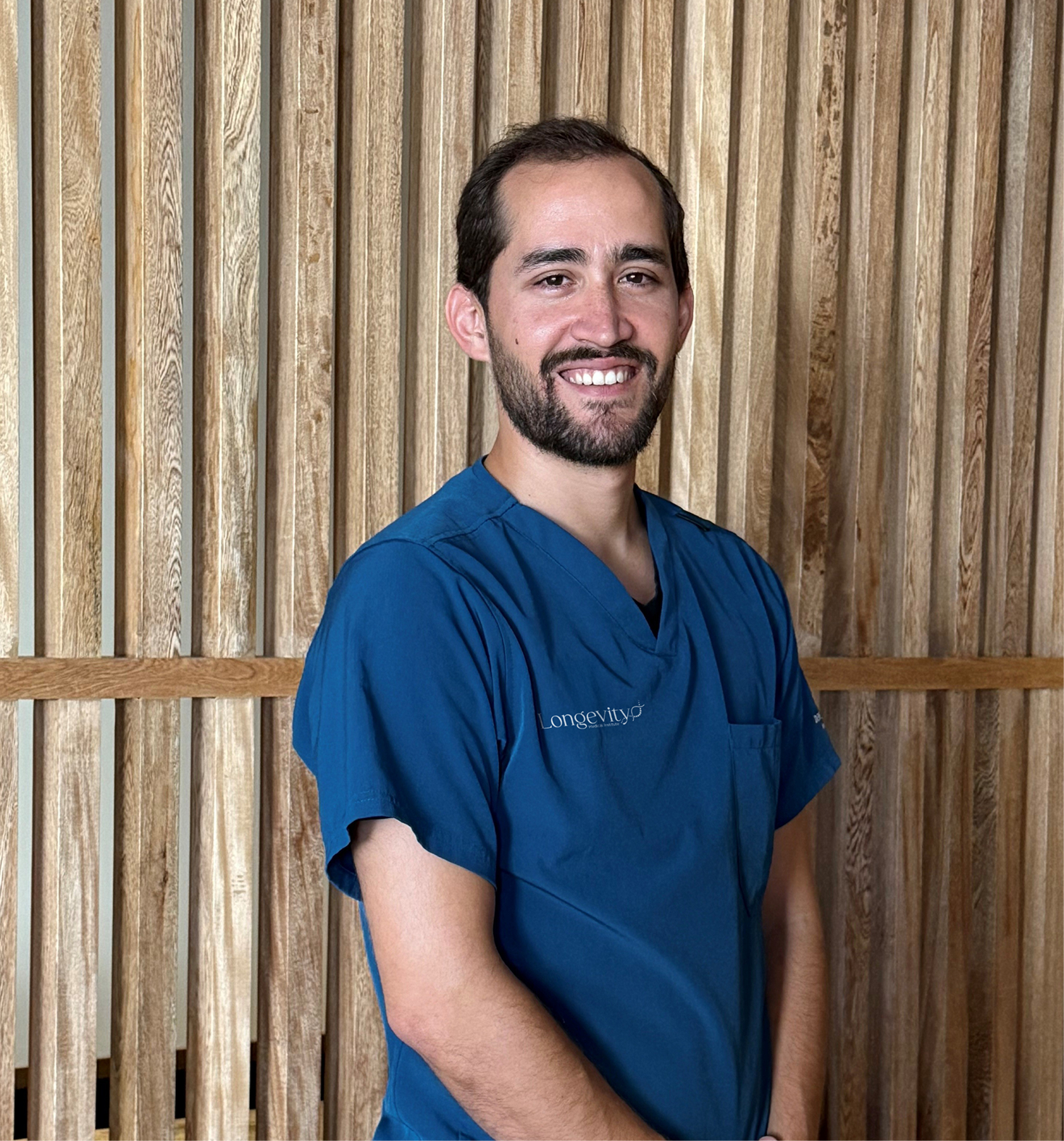
Dr. Andrés is a forward-thinking dental surgeon and specialist in biologically aligned oral health restoration. As Director of Regenerative Dentistry at Longevity Medical Institute, he plays a key role in the integration of advanced cellular therapies—specifically stem cells and exosomes—into oral diagnostics and rehabilitation protocols. His regenerative approach elevates traditional dentistry by promoting cellular-level healing, tissue rejuvenation, and long-term functional balance across the entire oral system.
A graduate of the Universidad Nacional Autónoma de México (UNAM)—the most prestigious dental institution in Latin America—Dr. Andrés brings a foundation of academic excellence, refined surgical skill, and deep clinical insight. His early training in surgical dentistry is complemented by extensive experience in oral rehabilitation, patient education, and modern interdisciplinary collaboration.
With a focused specialization in digital dentistry and dental sleep medicine, Dr. Andrés develops comprehensive treatment plans that go beyond aesthetics—restoring structure, airway function, and systemic balance. He employs intraoral scanning, 3D imaging, and data-driven diagnostics to design restorations and therapeutic plans that are both biomechanically sound and uniquely tailored to each patient’s biology.
At LMI, Dr. Andrés’s work reflects a new standard in regenerative dental care—where advanced biologics, digital precision, and whole-system thinking converge. His clinical philosophy is rooted in the belief that oral health is inseparable from overall vitality, and his patients benefit from personalized strategies that support healing, enhance performance, and deliver truly transformative outcomes.
FAQ's
What is Regenerative Dentistry?
Regenerative Dentistry is an advanced, science-based approach that uses your body’s own healing tools—like exosomes, stem cells, and platelet-rich plasma—to rebuild damaged tissues in the mouth. Rather than simply treating symptoms or using synthetic materials, it restores gum tissue, bone, ligaments, and even dental pulp at the cellular level for lasting results.
How is it different from traditional dental care?
Traditional dentistry focuses on removing diseased tissue and replacing it with artificial materials. Regenerative dentistry goes further—it activates your body’s natural ability to repair and regenerate, reducing inflammation, accelerating healing, and often preserving teeth and bone that would otherwise be lost.
Is Regenerative Dentistry painful?
Not at all. In fact, many patients report less pain, swelling, and downtime compared to traditional procedures. Because regenerative therapies calm inflammation and support healing from the start, discomfort is minimal. Most treatments are non-surgical or minimally invasive, and recovery is faster and smoother.
What conditions can regenerative dentistry treat?
It can help treat and reverse:
- Gum disease and chronic inflammation
- Jawbone loss and receding gums
- TMJ dysfunction and jaw pain
- Tooth sensitivity and loose teeth
- Healing after extractions, bone grafts, or implant procedures
- Infected or inflamed tooth pulp (early root canal alternatives)
How do exosomes work in the mouth?
Exosomes are tiny messengers secreted by stem cells. They carry healing instructions to your body’s own cells—telling them to reduce inflammation, repair damage, and regenerate tissue. In dentistry, exosomes support gum, bone, and ligament regeneration, speed post-surgical healing, and help prevent complications like dry sockets or implant failure.
Can this really affect my heart or brain health?
Yes—your mouth is directly connected to your brain, heart, and immune system. Chronic oral inflammation is now linked to heart disease, stroke, Alzheimer’s, and more. By healing inflammation at the source, regenerative dentistry supports not only your oral health but also your long-term vitality and cognitive function.
What are the benefits of 3D-printed restorations in this program?
We combine regenerative therapies with high-precision 3D printing to deliver same-day or next-day crowns, veneers, bridges, and implant components. This means:
- Faster turnaround
- Natural aesthetics
- Fewer visits
- Minimal discomfort
- Long-lasting results—all integrated with biologic healing
Is this safe for older adults or people with chronic health conditions?
Yes. These therapies are biocompatible, well-tolerated, and cell-free (in the case of exosomes and PRF), making them ideal for patients with complex health needs or slower healing. In fact, regenerative dentistry is especially valuable as we age, helping to counter bone loss, inflammation, and tissue degeneration.
How soon will I see results?
Many patients experience noticeable improvement in pain, inflammation, and healing time within days to weeks. Long-term regeneration of bone or gum tissue may take several months, but the process is natural, progressive, and deeply restorative—often with better outcomes than conventional treatments.
Am I a good candidate for regenerative dentistry?
If you’re dealing with gum issues, bone loss, implant needs, TMJ pain, or just want to age with stronger oral health, you’re likely an excellent candidate. Even those with no symptoms can benefit from early regeneration strategies to protect the smile and overall health for the future.
Come see it for yourself
Location & clinic details
Zona Hotelera, 23405
San José del Cabo, B.C.S., México
Sat 9 AM–2 PM
WhatsApp/Intl: +52-624-237-1594
Email: info@lmiclinic.com
